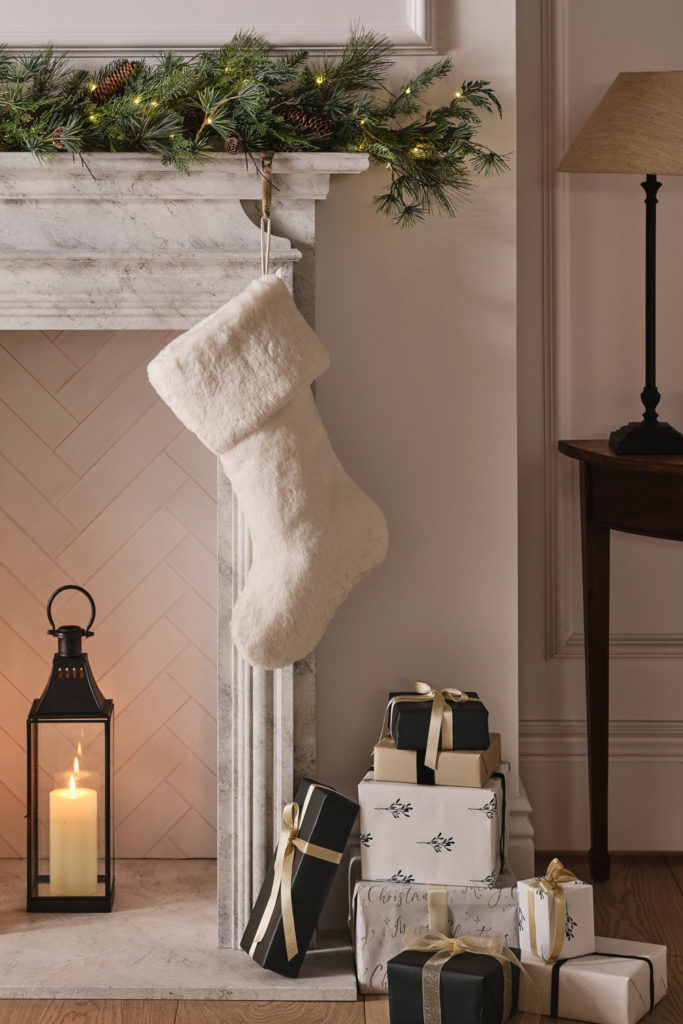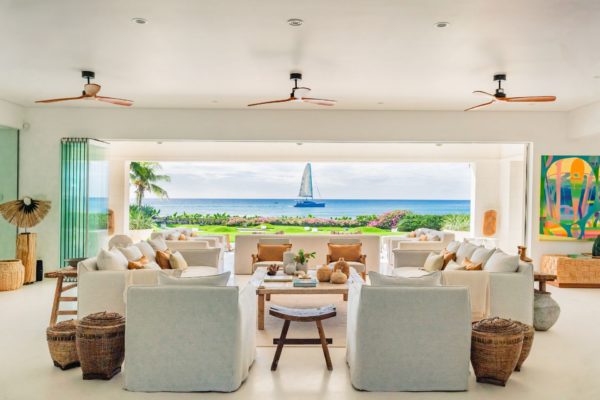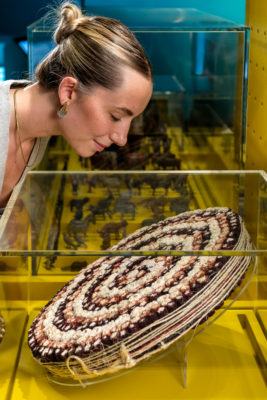Is Air Conditioning Worth The Risk To The Planet?
By
5 months ago
Can we risk the climate cost of cooling our homes back down?

Air-conditioning is now a non-negotiable for some high-end homeowners but how does it square with eco-conscious living? Anna Tyzack investigates.
To Cool Or Not To Cool: Is Air-Con Worth It?
An icy bedroom in the grip of a heatwave is the ultimate luxury – but as the planet heats up, cooling systems are becoming more mainstream. In fact, a report by the International Energy Agency estimates that there’ll be more demand for cool air than central heating by 2050, due to global warming and larger middle-class populations. ‘Even in Britain expectations have changed dramatically over the past few years,’ says Laura Powell of Calibre Climate, a luxury air-conditioning supplier. ‘More homebuyers are asking for air conditioning as a non-negotiable, while developers are installing it in new properties as standard.’
Why Air Conditioning Is Hot Right Now
Given the unreliability of British summers, homeowners have traditionally taken a stiff upper lip approach to heatwaves: better to suffer them than endure the expense and upheaval of installing air conditioning. Many were also put off by preconceived ideas about the noise, aesthetics and environmental impact of cooling systems. Yet heatwaves and prolonged periods of hot weather are becoming more frequent and homeowners are realising that air conditioning can be the difference between a good night’s sleep and sticky insomnia – particularly in a city, where heat gets trapped. ‘I hated the whole idea of it,’ says Lucy-Anne Price, who has recently installed air conditioning in her Victorian house in Balham, having grown used to it while living in Singapore. ‘I imagined it would be ugly and there’d be a whirring sound all night. Yet you’d hardly notice it’s there and the house doesn’t only feel better when it’s very hot but all summer long.’
The Benefits
Air conditioning has evolved considerably over the past two decades, particularly in the luxury residential sphere. Companies such as Calibre Climate supply ‘designer’ systems, which can be whisper-quiet and completely invisible. ‘When it’s not properly designed, there’ll be obvious access hatches, grilles or boxes on the wall ruining an otherwise perfect interior, but we conceal it in bespoke joinery, shadow gap details, floating or coffered ceilings and bespoke cornice detailing,’ says Shannon Church of Calibre Climate. ‘It can be made to blend with any interior, whether it’s neo-Classical, industrial or classic-contemporary.’
Homeowners can specify room temperature and air quality, with customised climates in different parts of the house – the wine cellar, gym and swimming pool, for example – and where there is serious artwork. They can choose to have their cool air fragranced with invigorating essential oils and eucalyptus in spa settings, and with lavender and camomile in bedrooms to promote restful sleep. Meanwhile, air can be purified in children’s bedrooms and nurseries by companies such as Viveur.
As Our Homes Cool Down, Are We Heating The Planet Up?
At what cost to the planet, though? Air conditioning requires high amounts of energy, pushing up electricity bills and contributing to a heating planet. The colder the system, the more energy it consumes. Air conditioning consumes about 13 percent of all electricity worldwide and it uses refrigerants to cool the air, which are greenhouse gases with a significantly higher global warming potential than carbon dioxide. However, Powell argues that air conditioning is as green as the energy used to run it – many of Calibre Climate’s clients use renewables to power their systems or install designated solar power or geothermal heat pump air conditioners.
Meanwhile, manufacturers are shifting away from using refrigerants with hydrofluorocarbons – which have high global-warming potential – to using R290 (propane) refrigerants instead, which are far less damaging if leaked into the atmosphere and are more energy efficient. Hydrofluoroolefin (HFO), a sustainable refrigerant used in cars, is being considered for residential systems. Homeowners can opt for hybrid systems, which combine traditional air conditioning with heat transfer technologies. ‘This fantastic technology transfers the excess heat from the rooms being cooled into the hot-water storage cylinders for showers, baths, and pool heating,’ Powell says.
The sustainability of an air-conditioning system also depends on the fabric of the house: the better the insulation, the less energy will be required to change the temperature. Calibre Climate’s easiest projects are new-build properties, where conversations about air conditioning can begin before ground has even been broken. ‘If you want a system to be quiet, hidden and as sustainable as possible, it’s best to make provisions from the start,’ Powell says. Integrating air conditioning with a home automation system controlling temperature and ventilation makes it even more sustainable, she adds, and ensures it can be run via a single interface, avoiding ‘wall acne’ where rooms are peppered with multiple switches and sockets.
How To Install Air Conditioning In Older Buildings
This doesn’t mean that air conditioning cannot be successfully integrated into older buildings. Mélie Dunod, founder and CEO of co-ownership holiday home company August Collection, has become an expert at ‘losing’ air conditioning in Provençal farmhouses and Tuscan villas. ‘It’s a key consideration – especially for our US clients, who expect it,’ she says. ‘We place it thoughtfully to ensure it doesn’t detract from the home’s interior design.’ Retrofitting is also an important part of Calibre Climate’s business: the company recently installed air conditioning into a period apartment in central London, concealing it above listed cabinetry. ‘You really wouldn’t know it was there,’ Powell says.
Most of Calibre Climate’s residential air conditioning installations require planning permission, particularly if a property is in a conservation area or has listed features. Boroughs have different planning requirements when it comes to air conditioning, so the company offers a planning application advisory package to help select the most planner-friendly locations, specifications and noise management. ‘Noise impact and external aesthetics are the two key planning considerations,’ Powell says. ‘Get these right and applications are approved almost without fail.’ Her clients tend to want air conditioning throughout their whole house but it can be installed in a couple of isolated rooms. Calibre Climate’s most basic systems cost about £3,000 a room for a box on the wall; an entry-level ducted system with visible grilles costs from £6,000; while hidden, pin drop-quiet systems are from £10,000.
The Alternatives
There are, of course, less expensive ways to bring down the temperature of your house. Portable air-conditioning units are available in John Lewis, for example, although these do rely on an extraction tube out of the window. Dunod makes sure to include ceiling fans in her properties, which help air circulation, reducing the need for air conditioning. The Energy Saving Trust encourages homeowners to use their windows to create a cross draft during a heatwave: keep loft windows open to let out trapped air; open both the top and bottom of sash windows to encourage air circulation; open windows on opposite sides of the house to release trapped warm air and allow cooler air in during the coolest hours of the night and early morning.
However, the Prices – who spent about £35,000 installing air conditioning into their home – haven’t looked back. ‘We used to dread July and August as the house was so stuffy, but now we enjoy summer in the city,’ she says. ‘Air conditioning is a big investment, particularly when we don’t even run it for most of the year, but it feels good to have future-proofed our home.’








